According to the Decision, the scope of planning research includes the entire administrative boundaries of 08 communes: Ngoc Son, Quyet Thang, Thuong Coc, Lac Son, Dai Dong, Yen Phu, Muong Vang and Nhan Nghia, Phu Tho province, with an area of about 58,746.19 hectares; surrounding the space of formation and development of " Hoa Binh Culture" in Vietnam and the ancient Muong Vang Center of the Muong people.
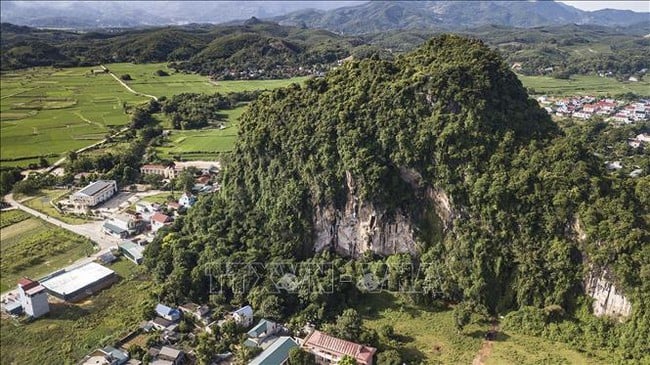
The stone roof of Vanh village is located at the foot of Khu Vanh mountain in Yen Phu commune, Lac Son, Hoa Binh (old), now Phu Tho province. Photo: VNA
The planning scale covers an area of 7,213 hectares; including: The protection area of the relic sites that have been zoned for protection, Protection Area I and Protection Area II of the special national archaeological site of Hang Xom Trai and Mai Da Lang Vanh (Decision No. 694/QD-TTg dated July 18, 2024 of the Prime Minister ) and the extension of Mai Da Lang Vanh relic. Specifically: Zoned for protection of Hang Xom Trai relic, area of 1.55 hectares; of which: area of Protection Area I is 1.34 hectares and area of Protection Area II is 0.21 hectares. Zoned for protection of Mai Da Lang Vanh relic, area of 5.663 hectares; in which: the area of Protection Area I is 4.647 ha, the area of Protection Area II is 0.512 ha and the area of about 0.504 ha is expected to be studied for expansion and addition to Protection Area II.
The planning aims to preserve, renovate and restore the special national archaeological relics of Hang Xom Trai and Mai Da Lang Vanh; preserve the special cultural values typical of the residents of the "Hoa Binh Culture", as evidence for future generations about the history of human development. At the same time, it serves as a scientific basis for research and value identification; a legal basis for management, establishment, appraisal, approval and implementation of component projects on conservation and promotion of relic values associated with tourism and cultural development; contributing to socio-economic development, improving the material and spiritual life of local people.
The planning also helps to determine the boundaries of the protected area of Hang Xom Trai and Mai Da Lang Vanh relics as a legal basis for relic management, determining functional areas, organizing landscape architecture spaces and arranging technical infrastructure suitable for the stages of conservation and promotion of relic values. From there, effectively promote and exploit the values of the relics; turn the relics into a research center on "Hoa Binh Culture" of the region and the world, an attractive tourist destination; a unique cultural experience and sightseeing spot, creating revenue, contributing to the economic restructuring and relic conservation.
The content of the planning tasks includes: Determining the requirements for research, surveying, and evaluating the current status of the relic; researching and evaluating the socio-economic and natural environmental factors related to the planning content; Determining and identifying the characteristics and original elements constituting the relic, the typical values of the relic as a basis for preserving and promoting the value of the relic; Determining the viewpoint on preserving and promoting the value of the relic, developing tourism associated with natural disaster prevention, environmental protection, and socio-economic development of the locality. Determining the long-term and short-term goals of the planning; Determining the boundaries related to the planning area; Proposing the content on the orientation of preservation, restoration, rehabilitation and promotion of the value of the relic; organizing architectural space, landscape, and construction of new works; Orientation on promoting values associated with sustainable tourism development.
Along with that, upgrade the technical infrastructure system, especially the traffic system connecting to the relic. Propose solutions to organize internal traffic of the relic area to facilitate visitors. Prepare techniques, water supply, electricity supply, communication, fire prevention and fighting, wastewater drainage, reasonable collection and treatment of solid waste, convenient connection with surrounding areas. Orientate the development of communication systems to serve the functional areas of the relic.
In addition, analyze and forecast impacts on the environment of relics; propose a system of environmental protection criteria to propose optimal spatial planning, architectural and technical infrastructure solutions for the planning area; specific solutions to minimize and overcome environmental impacts when implementing the planning; establish plans for environmental, technical, management and environmental monitoring.
The planning identifies groups of component projects and key priority investment projects for the period up to 2035, with a vision to 2050, which are projects that are significant in preserving relics, creating momentum for economic tourism development, associated with the protection of relics, protection of the ecological environment and socio-economic development of the locality, for residential areas in the planning area, including: Group of projects for site clearance and boundary marking to protect relics; Group of projects for conservation, restoration, and embellishment of original relic items and construction of auxiliary works to promote the value of relics; Group of projects for archaeological exploration and excavation; Group of projects for construction of technical infrastructure of relic sites; Group of projects for conservation of natural landscapes and biodiversity; Group of projects for research on conservation and promotion of intangible cultural heritage values related to relic sites and planning areas; Group of projects for promotion of relic values associated with sustainable tourism development; Project group on training and improving human resources for management to meet the task of preserving and promoting the value of relics; Project group on propagating the meaning and value of relics; building a civilized lifestyle at relics./.
Source: https://bvhttdl.gov.vn/phe-duyet-nhiem-vu-lap-quy-hoach-bao-quan-tu-bo-phuc-hoi-di-tich-khao-co-quoc-gia-dac-biet-hang-xom-trai-va-mai-da-lang-vanh-20251119155033378.htm


![[Photo] General Secretary To Lam receives President of the Senate of the Czech Republic Milos Vystrcil](/_next/image?url=https%3A%2F%2Fvphoto.vietnam.vn%2Fthumb%2F1200x675%2Fvietnam%2Fresource%2FIMAGE%2F2025%2F11%2F21%2F1763723946294_ndo_br_1-8401-jpg.webp&w=3840&q=75)
![[Photo] National Assembly Chairman Tran Thanh Man holds talks with President of the Senate of the Czech Republic Milos Vystrcil](/_next/image?url=https%3A%2F%2Fvphoto.vietnam.vn%2Fthumb%2F1200x675%2Fvietnam%2Fresource%2FIMAGE%2F2025%2F11%2F21%2F1763715853195_ndo_br_bnd-6440-jpg.webp&w=3840&q=75)

![[Photo] Visit Hung Yen to admire the "wooden masterpiece" pagoda in the heart of the Northern Delta](/_next/image?url=https%3A%2F%2Fvphoto.vietnam.vn%2Fthumb%2F1200x675%2Fvietnam%2Fresource%2FIMAGE%2F2025%2F11%2F21%2F1763716446000_a1-bnd-8471-1769-jpg.webp&w=3840&q=75)

![[Photo] President Luong Cuong receives Speaker of the Korean National Assembly Woo Won Shik](/_next/image?url=https%3A%2F%2Fvphoto.vietnam.vn%2Fthumb%2F1200x675%2Fvietnam%2Fresource%2FIMAGE%2F2025%2F11%2F21%2F1763720046458_ndo_br_1-jpg.webp&w=3840&q=75)















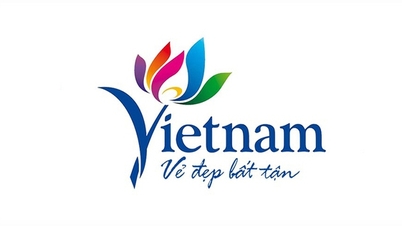

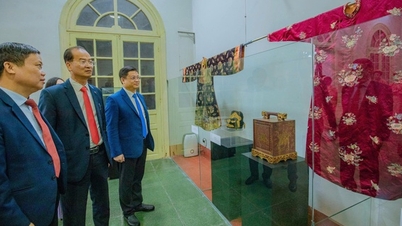




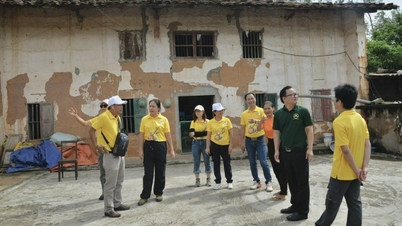





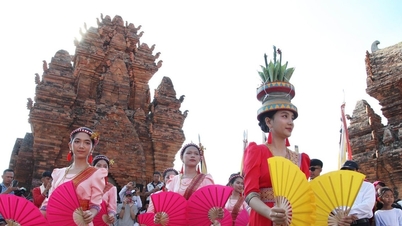

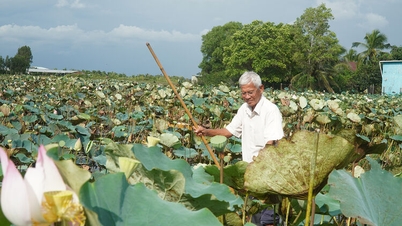

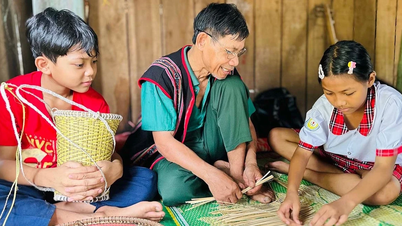



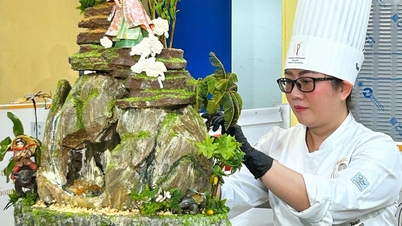





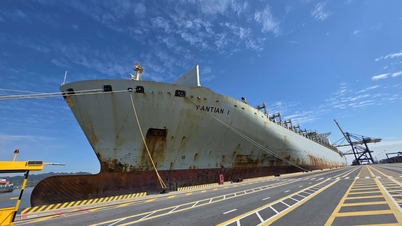















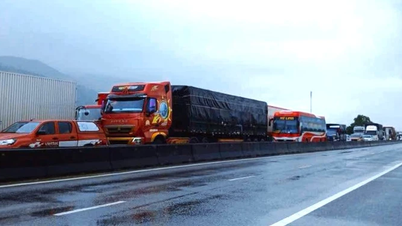





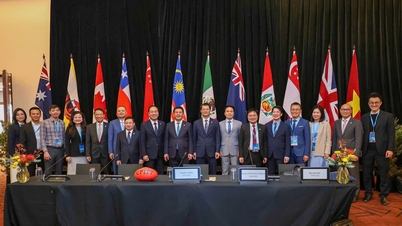





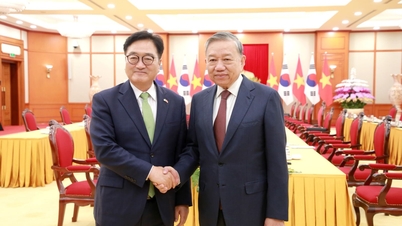


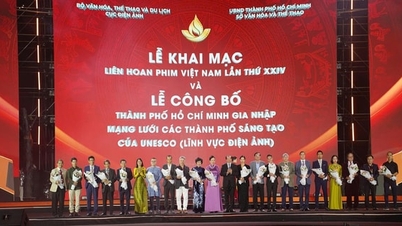




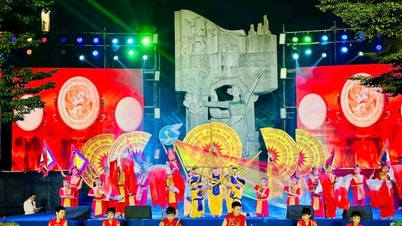
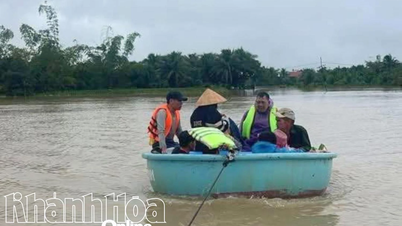












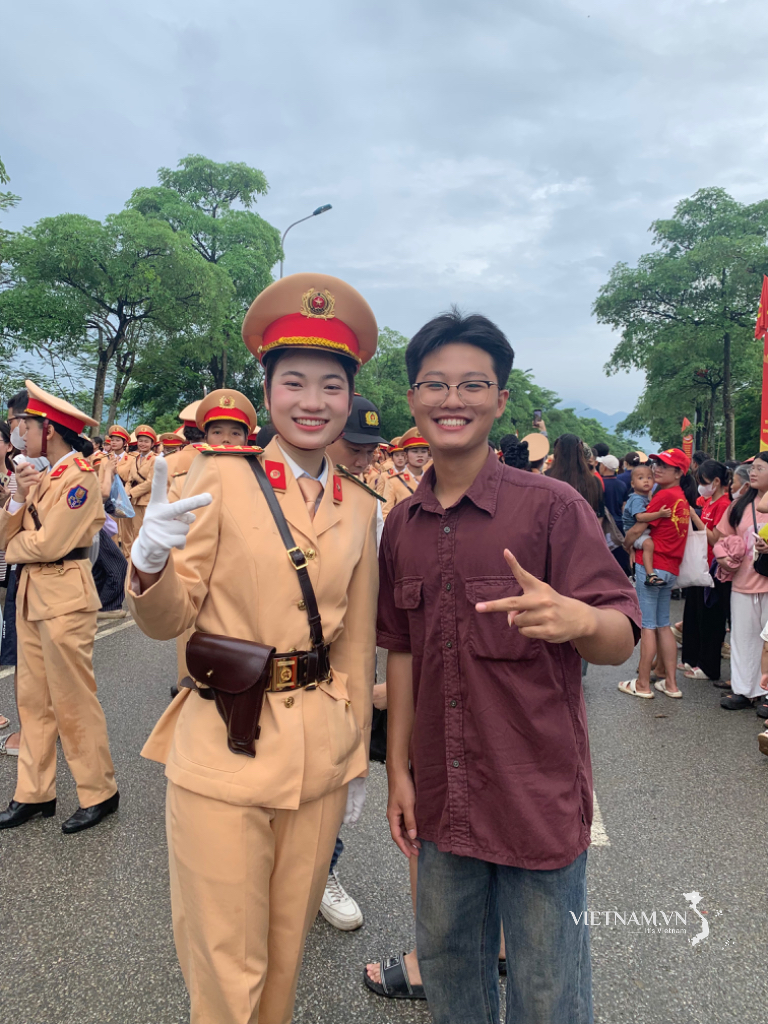
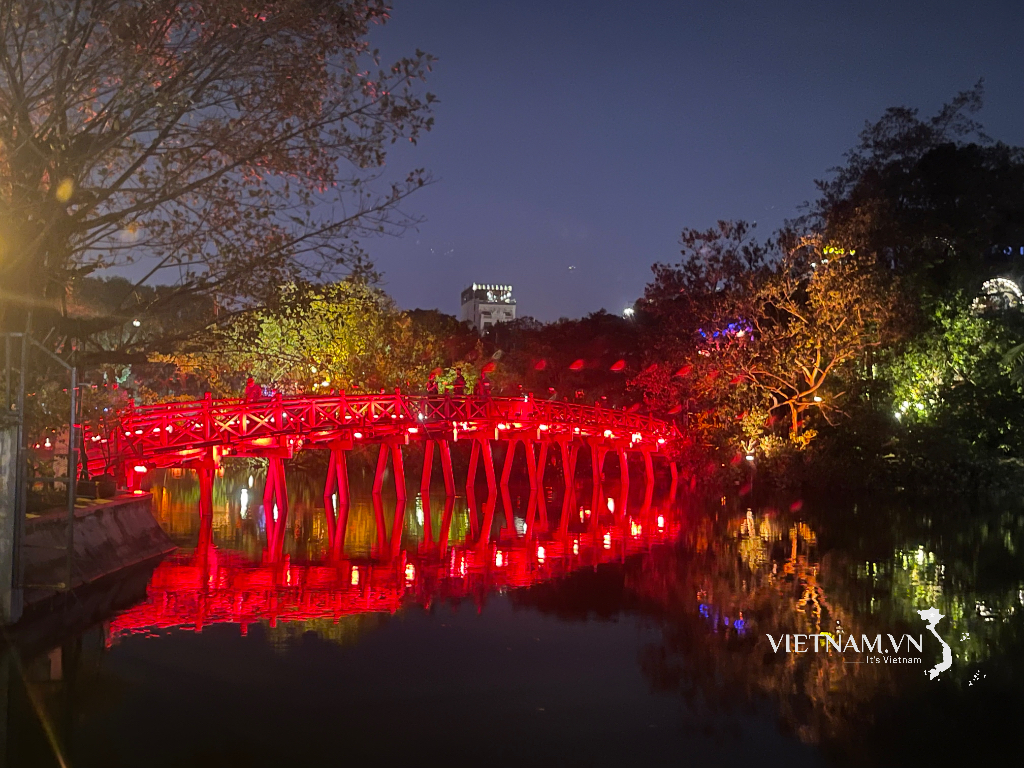
Comment (0)